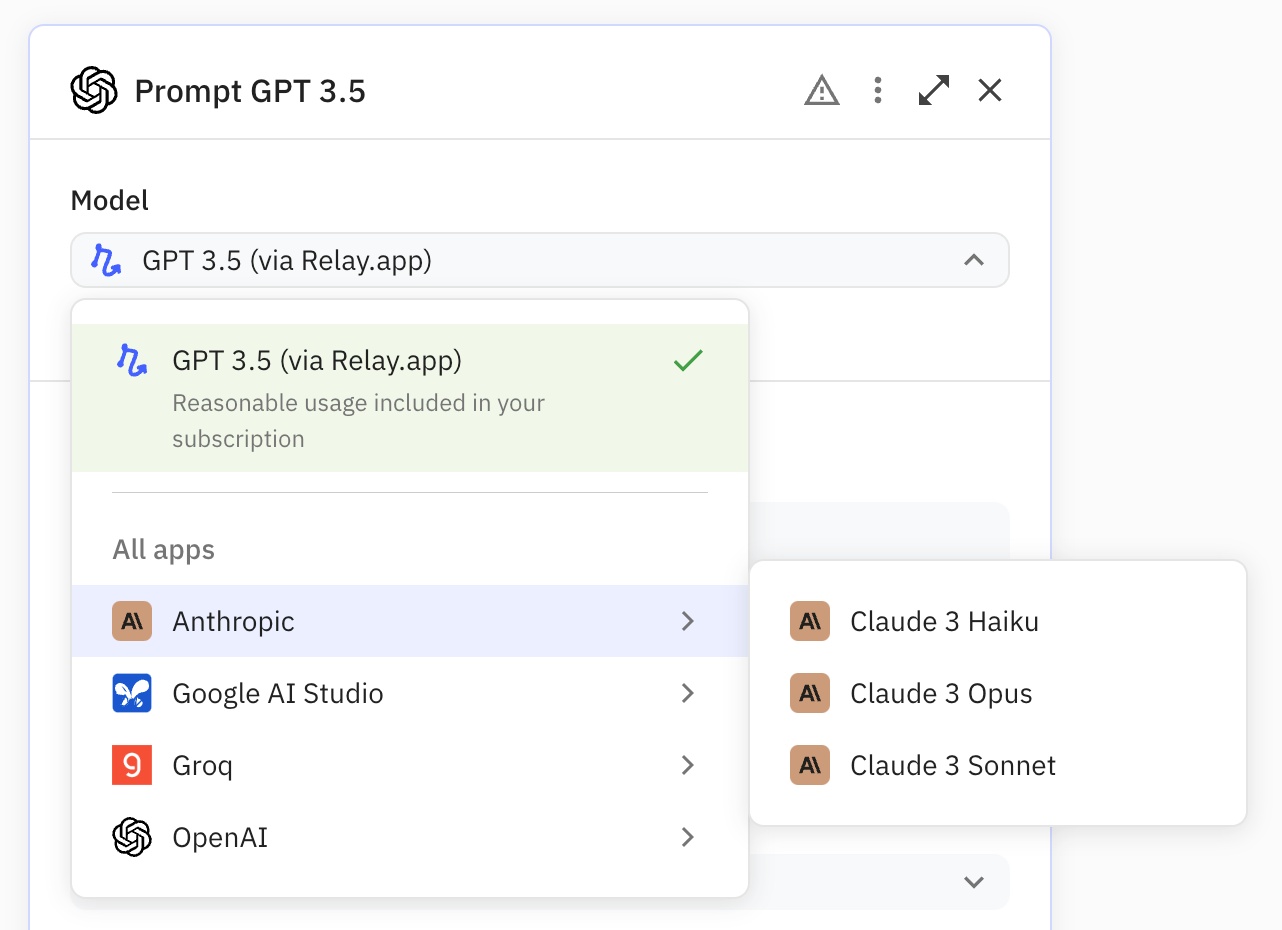
I've been working on AI in productivity tools for a long time! If you've used Gmail, you've probably used one of the AI-powered features that I worked on, like Smart Reply, Smart Compose, or Nudging. If you're a true productivity diehard, you might have tried Timeful, which was an AI powered digital calendar that I worked on over a decade ago. And more recently, you may have tried Relay.app, which brings AI into automated workflows.
Needles to say, I'm a big believe in the potential of AI to eliminate our busy work and free us up to spend more time on what we love doing. But after many years of working in the space, I've learned time and again that AI can't do everything. We still have a lot of judgement and context that isn't available to AI, so while AI can often create great rough draft, we still need a human touch to create a finished product. And that's why the concept of human-in-the-loop is so important.
Human-in-the-loop has been a technical term in AI and machine learning for a long time, but in practical terms it means there's a step in an AI workflow where a human has to make a decision or provide input before the workflow can proceed. For example, by selecting on of the three options in Gmail's Smart Reply.
The best product experiences figure out how to combine automation and AI with a human-in-the loop to get the best of both worlds - automate the mundane, but keep a personal touch where it matters. In this article, I'll share a bit more detail on how human-in-the-loop steps will be critical to get the most out of AI-powered workflows.
Automation is great
We all have to do mundane, tedious, and repetitive tasks every day that drain our time and energy. When I first discovered automation, it was magic! I not only saved a ton of time, but I didn’t have to remember the million little tasks that were crowding my brain.
And best of all, there are a ton of tools out there, like Zapier, Make, and of course Relay.app, that make it easy for anyone to set up automations with no coding required.
AI will make it 100x more powerful
We’re all amazed by what ChatGPT and other LLMs can do. They can write emails, edit blog posts, summarize notes, and much more.
So if you’re building an automation, there’s a good chance that you can incorporate an AI-powered step into the workflow.
AI will also make it dramatically easier to develop new automations and make the ones you have more efficient.

But not everything can be entirely automated! We all know that automations and AI won’t be perfect. You might be missing a key piece of context, the AI might hallucinate, or you may simply need a person to complete some real world task before the automation can proceed.
What is Human-in-the-Loop?
So how can we get the most out of AI-powered automation tools? We need to add a human in the loop that can add unique judgment, context, and perspective.
Here are a few common types of steps you might want to add:
- Approval: Confirm that everything is correct before the automation proceeds.
- Decision: Decide whether to run automation A or B in a given situation.
- Data Input: Add some context or information that only a person knows.
- Task: Do something in the real world that needs to happen before the automation can proceed

Examples of Human-in-the-Loop
Wondering how these human-in-the-loop steps might actually be useful in practice, here's a quick example of each:
- In a deal-closing workflow, the manager approves continuing the workflow after a contract has been created automatically. After approval, the workflow continues by sharing the Docusign with the customer and wait for it to be completed
- When a new customer support email arrives in a shared inbox, a support team member will get notified to decide whether the incoming email is about a complaint or a compliment. Depending on the team member's decision, either a support ticket will be filed in Zendesk or a thank you email is sent to the customer
- In a customer onboarding process workflow, the Account Executive (AE) for a deal that just closed is asked to provide a link to the deal summary notes document, after which this will be automatically shared with the Customer Success Manager (CSM)
- In a sales closing workflow, after a Deal is closed per according to an update in the CRM, a task is assigned to the Sales Manager to create a draft of the contract. After this task is completed, the workflow will continue by sharing the draft with the Legal counsel for review.
Final takeaways
The combination of AI and automation is incredibly excited, and I can't wait for more people to try it out. If I had to boil this whole article down to three simple statements, here they are:
- Everyone should be using automation. It will save us all a ton of time and hassle.
- Everyone should be using AI in their automated workflows. It will save us even more time!
- Everyone should be adding a Human-in-the-Loop. It will enable you to automate even more across your business and make sure the result is perfect every time.
I hope this has inspired you to explore how you can start incorporating Human-in-the-Loop automation into your own work. If you have any questions or want to share your own experiences, I'd love to hear from you.
Let's keep the conversation going and discover how we can harness the power of AI, automation, and human expertise to create the future of work.

